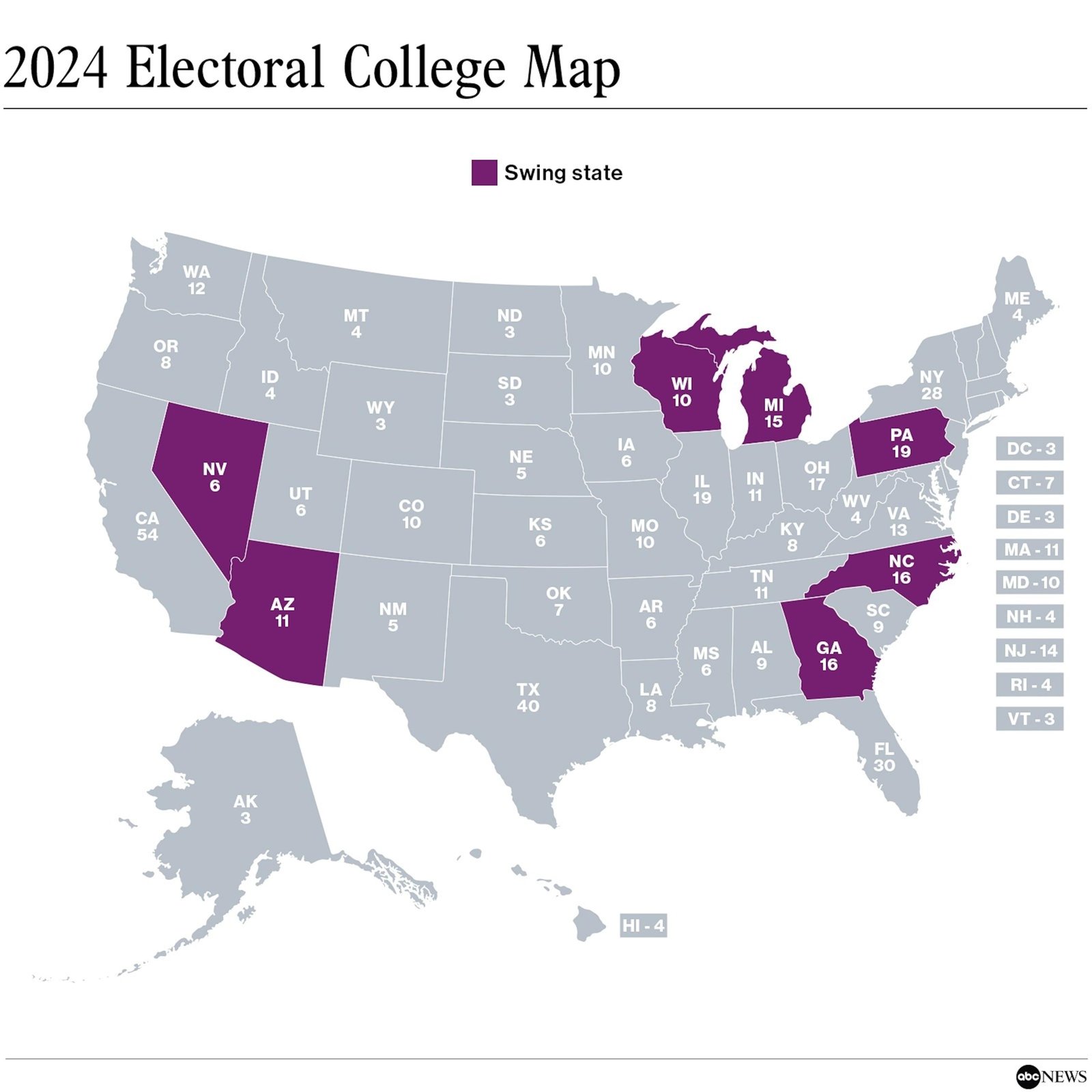
In the hallowed halls of power, where the makeup of the body politic is carefully scrutinized, the recent elections have had a transformative impact. A brush of change has swept through the US House of Representatives, leaving an indelible mark on the political landscape. While seismic shifts were anticipated, the canvas remains largely unchanged, with Republicans retaining their grasp on power albeit by the skin of their teeth. This slim majority presents a unique challenge for the GOP, who must now navigate the intricacies of governance with a thin margin for error. Can they deftly wield their newfound power or will the delicate balance of the House crumble beneath their feet?
– The Electoral Jigsaw: Makeup of the US House Largely Unchanged
The results of the midterm elections have left the composition of the House largely unchanged, with Republicans gaining a slim majority. This leaves the GOP with a narrow margin to work with as they navigate the next two years of divided government.
GOP Pickup Summary
| Seat | State / District | Winner |
|————————————|———————————–|————————————-|
| House Seat 10 | Pennsylvania 10 | Carolyn DelGaudio (R) |
| House Seat 20 | Borough of Brooklyn | Marcus Molinaro (R) |
| House Seat 15 | Ohio’s 15th District | Mike Carey (R) |
| House Seat 27 | New York 27th Congressional Dist. | Joe Sempolinski (R) |

– Navigating a Narrow Majority: GOPs Challenge in the 118th Congress
With the new 118th Congress, the makeup of the US House has not changed much, leaving the GOP to work with a slim majority. This presents unique challenges for the party as they seek to advance their agenda.
Republicans now hold a narrow 222-212 majority, with one seat still vacant due to the death of Representative-elect Luke Letlow (R-LA). This slim cushion provides very little room for error or defections within the party. Additionally, the House is expected to remain closely divided throughout the 118th Congress, as Democrats have a strong chance of regaining control in the 2024 elections.
- Strategic Alliances and Legislative Priorities: The Dynamics of a Divided House
The slim GOP majority in the House has complicated legislative plans. The party’s ability to pass its agenda will depend on its ability to form alliances with Democrats. Strategic alliances between Republicans and Democrats on specific issues may become more common.
Example
The recent infrastructure bill passed with bipartisan support, demonstrating the potential for cooperation between the two parties. However, issues such as gun control and abortion will likely remain highly divisive, making it challenging to find common ground. The ability of the GOP to work with Democrats will be a key factor in determining the success of its legislative priorities.
Key Takeaways
As the echoes of election day reverberate through the political landscape, the complexion of the US House remains unaltered, leaving the GOP clinging to a slender hold on power. The makeup of Congress becomes a canvas upon which the coming two years will be painted, with each party vying to leave its mark on the nation’s tapestry. The stage is set, the actors are in place, and the drama of American politics unfolds anew, with the makeup of the House serving as both a backdrop and a catalyst for the legislative battles to come.